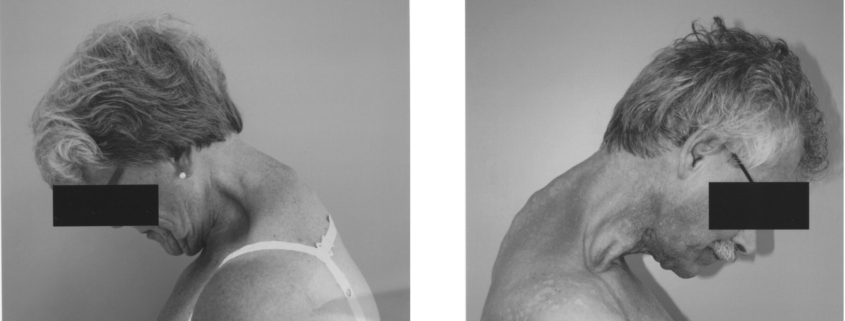Dropped Head Syndrome

Overview
Dropped Head Syndrome (DHS) is a rare health disorder characterized by severe weakness in the muscles of the neck, resulting in the inability to lift the head. Often, patients’ heads will droop down towards their chest and shoulder, causing discomfort, pain, and difficulty with daily activities like eating or conversing. As challenging as this condition may be, there are available treatments and strategies for managing DHS efficiently.
Types
The types of Dropped Head Syndrome largely hinge on the cause of the condition. There are two primary forms:
- Primary, or idiopathic DHS is one where the cause is unknown.
- Secondary DHS is related to underlying health conditions, such as neurological disorders or muscular diseases.
Causes
The direct cause of Dropped Head Syndrome is weakness in the neck muscles. However, what causes this weakness can vary. Common causes include:
-
- Neuromuscular disorders like Parkinson’s disease, multiple sclerosis or ALS (Amyotrophic Lateral Sclerosis)
-
- Myopathies or muscle disease
-
- Cervical spine diseases
-
- Side effects of certain medications
-
- Collagen tissue disorders
Symptoms
The most noticeable symptom is an inability to lift the head due to muscle weakness, causing the head to drop forward. In addition to this, other symptoms can include:
-
- Neck pain
-
- Difficulty with daily activities such as eating, drinking and walking
-
- Difficulty driving or watching TV
-
- Increased fatigue
-
- Muscle stiffness
Diagnosis
To diagnose Dropped Head Syndrome, a combination of these procedures may be employed:
-
- Clinical examination to assess the strength and reflexes of the neck muscles
-
- Blood tests to rule out infections or autoimmune conditions
-
- Imaging tests such as X-ray, CT, or MRI to identify structural issues in the neck
-
- Electromyography (EMG) to measure the electrical activity in the muscles
-
- Nerve conduction studies
Treatment Options
The approach to treatment depends largely on the cause and severity of DHS. Options may include:
Non-Surgical Treatments:
-
- Physical therapy to strengthen neck muscles
-
- Pain management with over-the-counter medications or prescribed drugs
-
- Use of head or neck braces to provide support
-
- Occupational therapy to learn new ways of performing daily tasks
Surgical Treatments:
-
- Cervical spinal fusion surgery to stabilize the neck
-
- Use of artificial discs to replace damaged ones
Living with Dropped Head Syndrome
Living with Dropped Head Syndrome may require certain adjustments:
-
- Follow your physical therapy routine rigorously
-
- Use assistive devices such as neck braces and specialized seating to provide comfort and support
-
- Regularly visit your healthcare provider for checks and updates
-
- Maintain a healthy lifestyle – balanced diet and exercise
-
- Seek emotional support from family, friends or support groups
When to Seek Help
Immediate medical attention is needed if you notice:
-
- Severe neck pain
-
- Increasing difficulty in performing regular activities
-
- Development of new symptoms like numbness or tingling
-
- Sudden changes in muscle strength or weakness
-
- Experiencing significant levels of emotional distress related to the condition
Remember that self-care combined with medical support can significantly improve the quality of life for individuals diagnosed with Dropped Head Syndrome.
